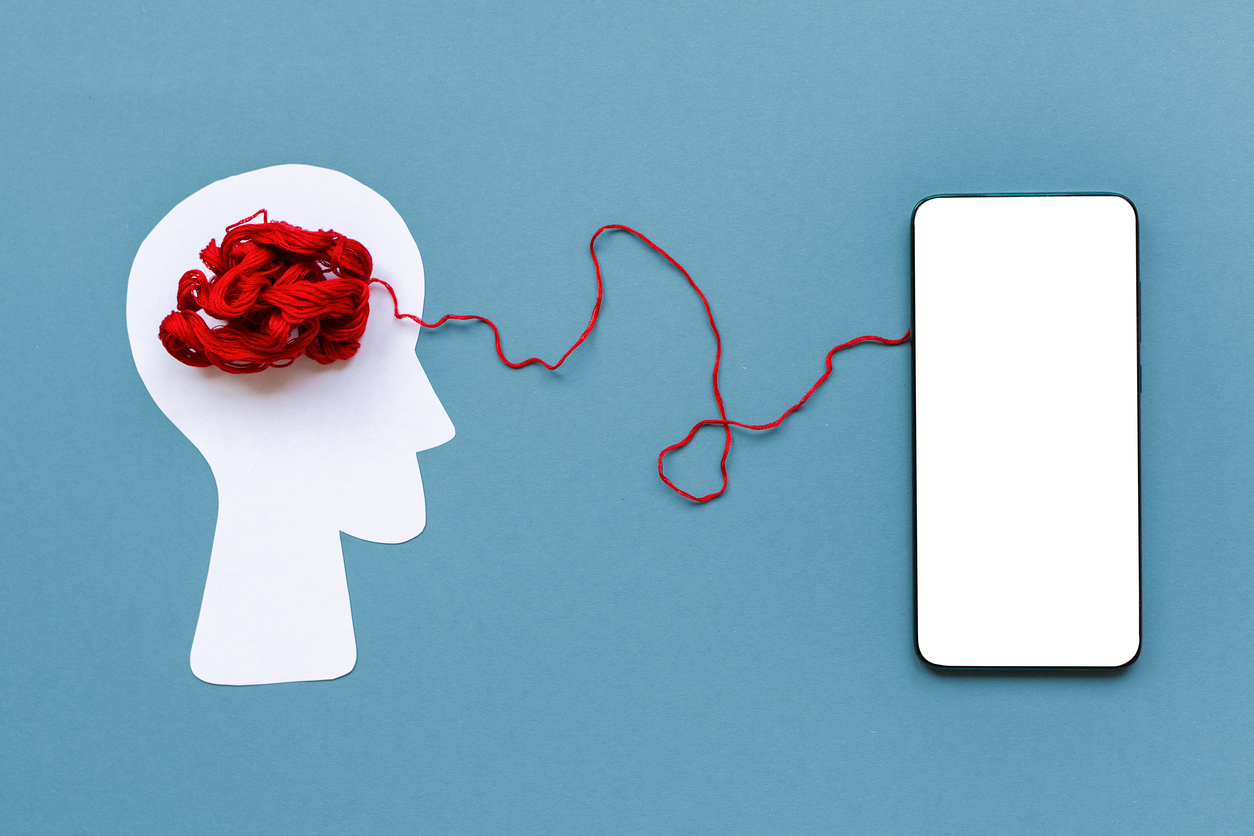Anxiety Disorders
Learn the signs, symptoms, and how it is diagnosed and treated.
Start Lesson
Lesson Outline
Anxiety is common in people of all ages, and for one in four people, anxiety is debilitating. It’s also common for people to have more than one anxiety disorder or anxiety and depression at the same time. They are the most common mental health problem in women and second only to substance use disorders in men.
By taking this interactive lesson, you’ll learn the answers to the following questions:
- What is anxiety, and how does it affect us?
- What causes anxiety disorders?
- What are the different types?
- How are they assessed, diagnosed and treated?
- What questions should I ask my healthcare provider?
Meet Debra and find out whether what she is experiencing would be considered normal anxiety or if it may be an anxiety disorder.
(Estimated time to complete - 35 minutes)
Start LessonWhat is anxiety?
Anxiety is an emotion of an unpleasant state of inner turmoil, often accompanied by nervous behaviour, such as pacing back and forth, abnormal feelings in the body (stomach or chest pains), and rumination, which is the inability to control what we are thinking about or having one set of thoughts stuck in your head. It includes feelings of worry about events or activities that are coming up and may include fears, such as the fear of dying.
Fear is the emotional response to a real or perceived imminent threat, whereas anxiety is experienced in response to a future threat. Fear and anxiety can overlap. They are ‘adaptive’, meaning they change in response to what is going on in our environment.
Symptoms of anxiety often include muscle tension, restlessness, fatigue, dizziness, heart palpitations, sweating, irritability, headaches, unexplained pains, sleep issues or problems with concentration.
Anxiety can be appropriate in many circumstances. It’s natural to feel anxious in stressful situations. But, when experienced regularly, without stressful events, and if it significantly impacts a person’s day-to-day function, or if they start to avoid doing activities because of it, they may have an anxiety disorder.
Types of anxiety disorders
There are several different types of anxiety disorders. These include:
- specific phobias
- social anxiety disorder
- generalized anxiety disorder
- panic disorder
- agoraphobia
Specific phobia involves a heightened fear of an object or situation, such as a fear of dogs or needles or a fear of flying. Social anxiety disorder involves anxiety about interacting with others or being the centre of attention. There is a fear of being judged, embarrassed, or humiliated. Generalized anxiety disorder involves excessive worry about many things, such as work, health and family members. Panic disorders are characterized by sudden, unexpected, recurring episodes of fear along with physical symptoms such as dizziness or trouble breathing. Agoraphobia is a fear of situations that may feel difficult to escape from or where it is hard to find help, such as crowded places or when on public transport.
Post-traumatic stress disorder (PTSD) and obsessive-compulsive disorder (OCD) are no longer categorized as anxiety disorders, even though anxiety is a key feature of these conditions.
How is anxiety treated?
Treatment options for anxiety disorders include medication and non-medication treatments. Education about the disorder and treatment options is important; information about available self-help resources such as books, websites, and apps may also be helpful.
One psychological approach, cognitive behavioural therapy, or CBT, shows good results for the treatment of anxiety disorders; and, in general, psychotherapy and medications have about equal results.
Authors
_jpg.jpg?sfvrsn=bcb0dd6_2)
Anthony J. Levinson, MD, MSc, FRCPC
Neuropsychiatrist, Professor; Faculty of Health Sciences, McMaster University
About this Project
This e-learning lesson was developed by the Division of e-Learning Innovation in the Faculty of Health Sciences. It was reviewed and assessed for accuracy by Dr. Anthony J. Levinson. There are no conflicts of interest.
The development process included a review of the Canadian Clinical Practice Guidelines for Management of Anxiety, Posttraumatic Stress and Obsessive-Compulsive Disorders and Health Quality Ontario’s Patient Guide on Anxiety Disorders.
If you have questions or comments related to this resource, please contact us at info@mcmasteroptimalaging.org.
References
- Health Quality Ontario. Anxiety Disorders: Suggestions on What to Discuss with Your Health Care Providers to Help You Receive High-Quality Care; 2020. Accessed November 29, 2022.
- Health Quality Ontario. Anxiety Disorders: Care in All Settings; 2020. Accessed November 29, 2022.
- Katzman MA, Bleau P, Blier P, Chokka P, Kjernisted K, van Ameringen M. Canadian clinical practice guidelines for the management of anxiety, posttraumatic stress and obsessive-compulsive disorders. BMC Psychiatry. 2014;14(Suppl 1):S1. doi:10.1186/1471-244X-14-S1-S1
- Rector NA, Bourdeau D, Kitchen K, Joseph-Massiah L. Anxiety Disorders: an information guide: a guide for people with anxiety and their families; 2005. Accessed November 29, 2022.
Disclaimer
This resource has been provided for informational purposes only. It is not a substitute for advice from your own health care professional. This resource may be reproduced for not-for-profit educational purposes only. Any other uses must be approved by the McMaster Optimal Aging Portal (info@mcmasteroptimalaging.org).





